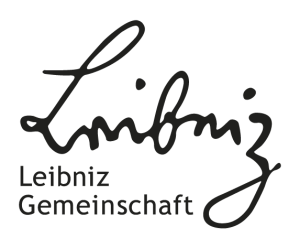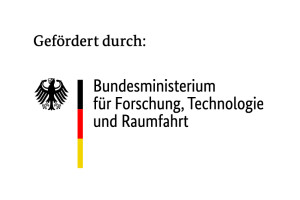-
ISAS is a non-profit research institute in the legal form of a registered society. The purpose of the society is to promote analytical research in materials sciences and life sciences. The society's statutory organs are the Executive Board, the Supervisory Board, the Scientific Advisory Board and the General Meeting. The institute consists of three research departments at the two locations in Dortmund and two application laboratories in Berlin; the administrative departments are organised as staff units.
As a member of the Leibniz Association, the institute is sponsored by the German federal government and its states.


